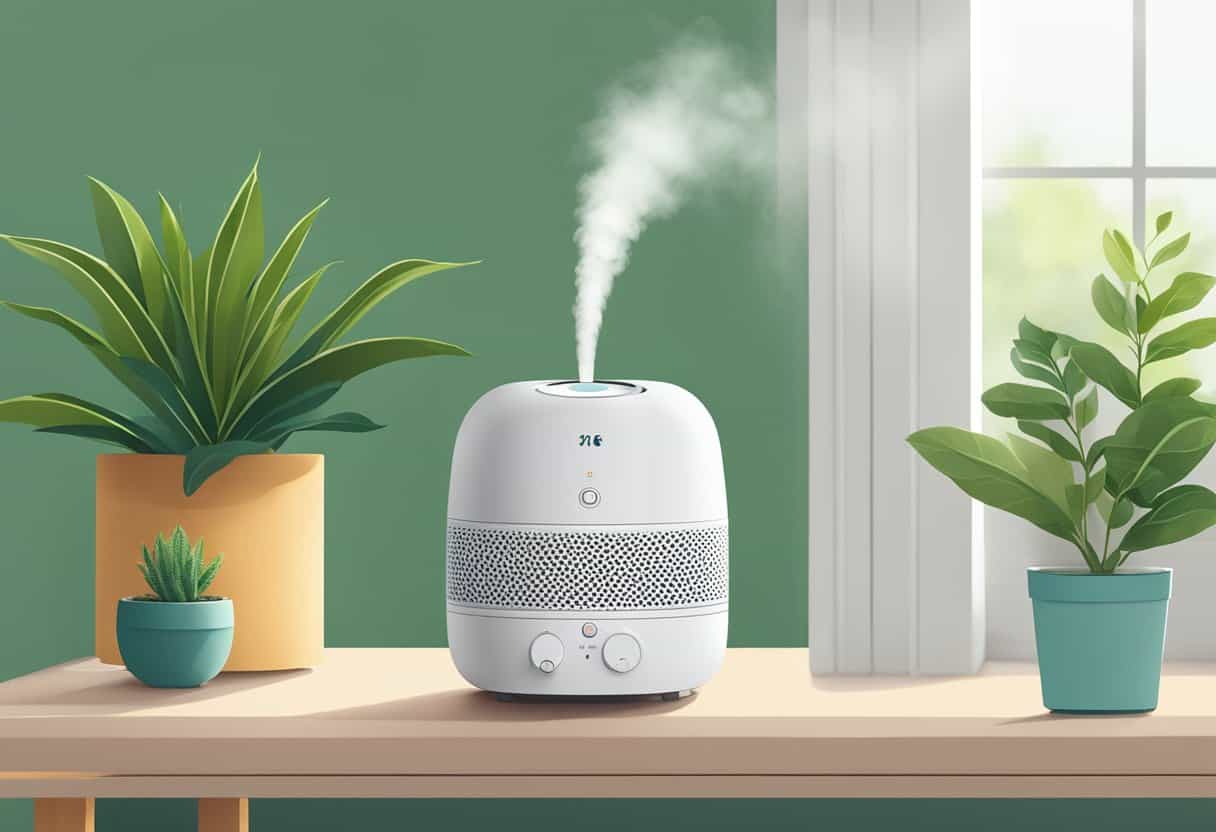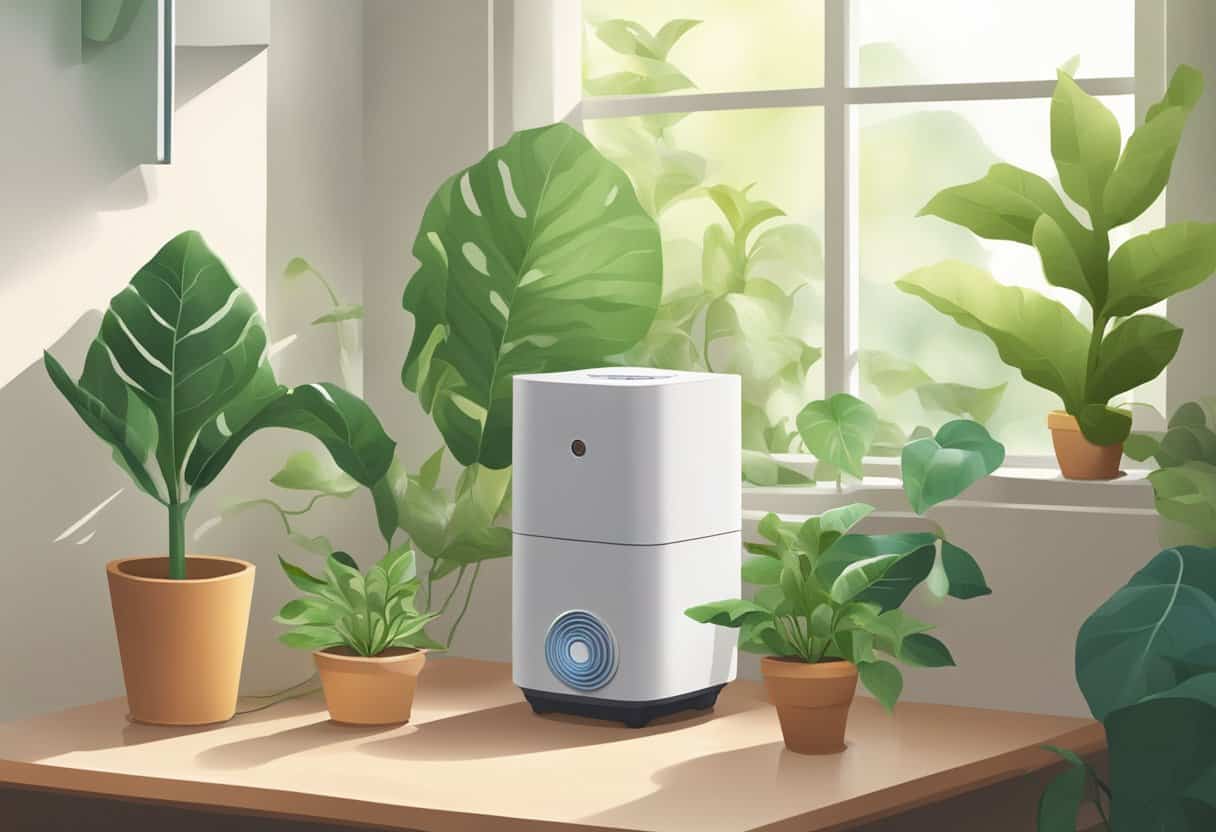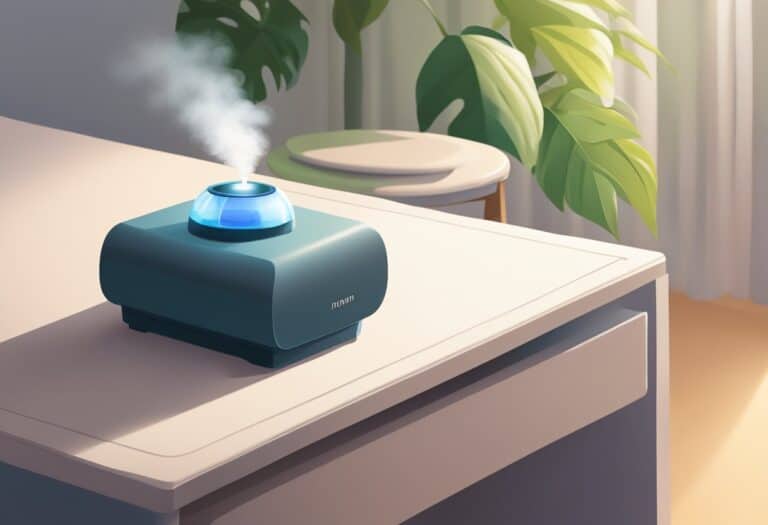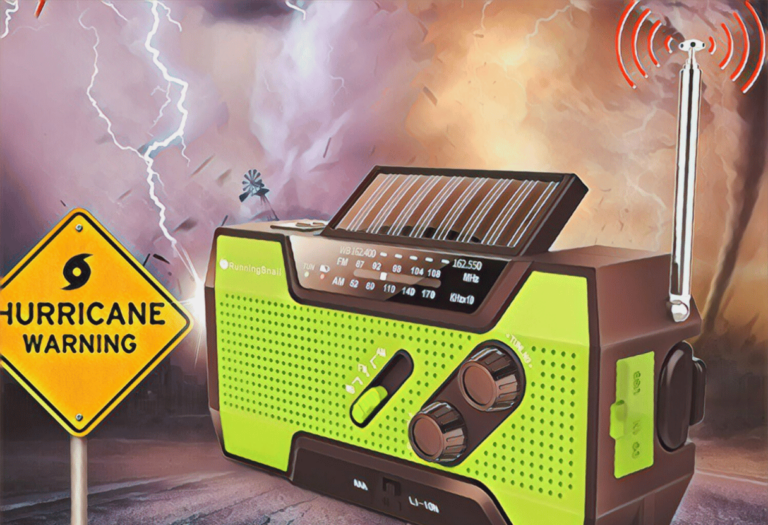Placing a humidifier in the right spot is crucial for maximizing its effectiveness and ensuring that moisture is distributed evenly throughout the room.
This appliance plays a vital role in maintaining comfortable humidity levels, especially in environments prone to dry air. Selecting the ideal location for your humidifier involves considering several factors, including room size, humidity sources, furniture placement, and air circulation.
When optimizing humidifier placement, it’s important to think about both health and comfort. A properly placed humidifier can alleviate dry skin, reduce respiratory discomfort, and even help preserve wooden furniture and musical instruments.
However, safety and efficiency are also key. You’ll need to keep it out of reach of children, away from electrical appliances, and in a location where it can’t lead to moisture damage.
Strategically place your humidifier in a central location, away from furniture and electronics, to evenly distribute moisture, maintain 30-50% humidity, and enjoy health and comfort benefits while preventing mold growth! Clean it regularly for optimal performance.
Determining the Best Location
Selecting the optimal position for your humidifier involves analyzing the room’s characteristics and the device’s capabilities. This ensures balanced humidity levels, enhancing comfort and air quality in your chosen space.
Assessing Room Size and Type
For bedrooms and nurseries, where quiet operation is key, an ultrasonic humidifier is preferable since it emits a fine mist using high-frequency vibrations, with minimal noise. Conversely, in offices or living rooms, where there is more foot traffic and sizeable square footage, an evaporative humidifier or a cool mist humidifier effectively distributes moisture without over-humidifying the space.
| Room Type | Suggested Humidifier Type | Notes |
|---|---|---|
| Bedroom | Ultrasonic Humidifier | Quiet, ideal for uninterrupted sleep. |
| Nursery | Ultrasonic Humidifier | Gentle mist; ensure it is out of reach of children for safety. |
| Living Room | Evaporative/Cool Mist | Tolerates larger spaces and movement. |
| Office | Cool Mist Humidifier | Handles paper and electrical equipment well by reducing static and maintaining optimal humidity. |
Room size plays a critical role in humidifier placement as well; a device too small for a large room will be ineffective, while one too powerful in a small space could promote mold growth.
Understanding Humidifier Types
Humidifiers come in various types, each being suited for different scenarios:
-
Evaporative Humidifiers: These are self-regulating; as the relative humidity increases, the evaporation process decreases, making them ideal for maintaining consistent air quality without over-humidification.
-
Ultrasonic Humidifiers: They require precise placement to avoid moisture buildup on surfaces which can lead to mold or mildew.
Consider your type of humidifier when choosing a location; for example, units dispersing a warm mist should be placed carefully to avoid burns, making them less suited for nurseries.
Considering Humidity Sources and Airflow
Your humidifier’s efficiency is dependent on both natural humidity sources and airflow in a room. Ensure there is enough space around the humidifier for air to circulate freely; this maximizes its reach and effectiveness.
-
Near plants or water features: Increases efficiency, as these are natural humidifiers.
-
Away from vents or drafts: Prevents quick dispersion before the humidifier adequately moisturizes the air.
Consider the following when placing your device:
- Air Quality: Position away from dust sources to maintain cleaner moisture output.
- Airflow: Ensure proper circulation to distribute humidity evenly.
By carefully analyzing these factors, you ensure your living or work environment maintains a balanced and comfortable level of humidity.
Optimizing Humidifier Placement for Health and Comfort

Proper humidifier placement is crucial to ensure indoor air quality that supports your well-being and comfort. By balancing humidity levels, preventing mold, and protecting your home, you create a healthier living environment.
Balancing Humidity Levels
To maintain optimal comfort and support your health condition, especially for those with respiratory issues, it’s vital to position your humidifier in a place where it can evenly distribute moisture. Keep it at a central location on the XY plane of the room, ensuring consistent humidity readings throughout. The relative humidity in your living spaces should ideally be between 30% and 50% to facilitate easier breathing and prevent dry skin.
Preventing Mold and Excess Moisture
Excess moisture can lead to mold growth, which is detrimental to both your health and home. Place your humidifier away from walls and furniture to minimize the risk of these problems. Regularly cleaning your unit and changing the water will further inhibit mold from forming. Being proactive prevents the adverse effects of mold and maintains your indoor air quality, safeguarding your well-being.
Avoiding Damage to Electronics and Furniture
Sensitive items, such as electronics and wooden furniture, are prone to damage from too much moisture. Keep humidifiers at least a few feet away from such items to avoid condensation build-up that could cause harm. Monitoring the area with humidity sensors can alert you if the relative humidity rises to a level that could endanger your belongings and inform you if the placement should be adjusted for safety.
Specific Room Considerations
When deciding on humidifier placement, consider each room’s unique layout and usage. Your goal is to optimize humidity levels while avoiding condensation, mold growth, and negative impact on electronics or furniture.
Setting Up in the Bedroom
In your bedroom, position the humidifier on a nightstand or table — this ensures that moisture reaches you without overwhelming the space or damaging sensitive electronics. Maintain a safe distance from your bedding and curtains to prevent any dampness that could lead to mold or dust mites.
Strategic Living Room Placement
Your living room may benefit from the humidifier being placed centrally to evenly distribute moisture, especially if you have plants that thrive in a more humid environment. Keep the unit away from wooden furniture and pets, as excess moisture can damage wood and may not be ideal for your pets’ health.
Humidity Control in Specialty Rooms
For rooms with specific uses like a nursery, ensure that the humidifier does not create drafts or too much humidity around infants. Position the device out of reach of children and ensure it doesn’t disturb sleep. It’s crucial to monitor humidity levels to maintain a comfortable environment without promoting the growth of microbes.
Maintaining Safety and Efficiency
When placing a humidifier in your space, it’s essential to consider both safety measures to prevent harm and best practices to ensure efficient operation. Addressing these will help you avoid common issues like water damage and ensure the longevity of your device.
Preventing Water Damage and Leaks
To safeguard your home from water-related issues:
- Place your humidifier on a waterproof mat or plastic tray to catch any leakage or spillage which could damage surfaces or lead to mold growth.
- Regularly check for signs of leaking or condensation that could indicate an improperly sealed unit or an overflowing water tank.
Ensuring Proper Use and Cleaning
Adhering to the following will optimize your humidifier’s performance and safety:
- Never position your humidifier near curtains or upholstery to prevent dampness and potential mold development.
- Cleaning the tank and filters as per the manufacturer’s instructions is critical to prevent bacterial growth and scale buildup.
- Avoid burns and electrical hazards by ensuring the humidifier is filled and cleaned when unplugged and cooled down.
Frequently Asked Questions
When integrating a humidifier into your space, it’s essential to understand how location affects performance. Precision in positioning ensures maximum benefits for health and comfort.
What is the best location for a humidifier in a bedroom to maximize its effectiveness?
For optimal performance in a bedroom, place your humidifier on a nightstand or another surface around 3 feet away from your bed. This placement helps to distribute moisture evenly and avoids over-concentration in one area.
Can placing a humidifier on the floor reduce its efficiency or cause any issues?
Yes, positioning a humidifier on the floor can restrict its efficiency due to increased dust and the potential for dampness, which can lead to mold growth. Elevate the unit on a resistant surface to enhance its effectiveness.
When using a humidifier in a nursery, how close should it be to the baby?
Ensure the humidifier is at least 3-5 feet away from the baby’s crib. This distance helps to avoid excess moisture on bedding and maintains an even distribution of humidified air for safety and comfort.
How does the placement of a humidifier in the living room differ from a bedroom setting?
In a living room, consider placing the humidifier in the center of the room or close to where people congregate but away from electronics. This ensures even humidity levels and protects technological devices.
Is there an optimal distance from the bed to position a humidifier for better sleep quality?
To improve sleep quality, the humidifier should be placed about 3-6 feet away from your bed. This helps maintain a balanced humidity level and prevents any direct exposure to moisture throughout the night.
What factors should be considered when deciding where to set up a humidifier when dealing with illness?
When ill, place the humidifier close to your rest area but still maintain a safe distance to avoid damp surroundings. Also, adjust its settings based on specific health needs and ensure regular cleaning to prevent bacteria and mold growth.







